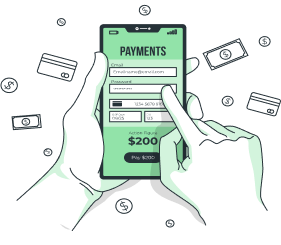1. Access to a Website Builder:
- Ensure you have chosen a website builder that supports template customization. Popular platforms include WordPress, Wix, Squarespace, Shopify, and others.
2. Account Setup:
- Ensure you have chosen a website builder that supports template customization. Popular platforms include WordPress, Wix, Squarespace, Shopify, and others.
3. Template Selection:
- Choose a template that aligns with the purpose of your website or application. Ensure that the template you select is customization and meets your design preferences.
4. Understanding the Editor:
- Familiarize yourself with the website builder’s editing interface. Understand how to navigate the editor, access customization options, and make changes to different elements of the template.
5. Content Preparation:
- Gather the content you want to include on your website, such as text, images, videos, and other media. Having your content ready beforehand will streamline the customization process.
6. Branding Elements:
- If you have specific branding elements, such as a logo, color scheme, or font preferences, have these ready. This will help you maintain a consistent brand identity during customization.
7. Images and Media Assets:
- Prepare high-quality images and media assets that you intend to use in your template. Ensure that these assets are optimized for web use to improve page loading times.
8. Domain and Hosting (if applicable):
- If you have a custom domain, ensure it is connected to your website. If you’re using a platform that provides hosting, make sure your hosting account is set up and active.
9. Knowledge of Basic Design Principles (Optional):
- While not mandatory, having a basic understanding of design principles can be helpful. This includes knowledge of color theory, typography, and layout design.













